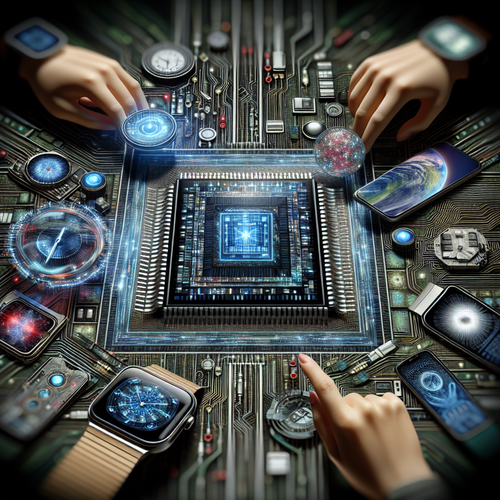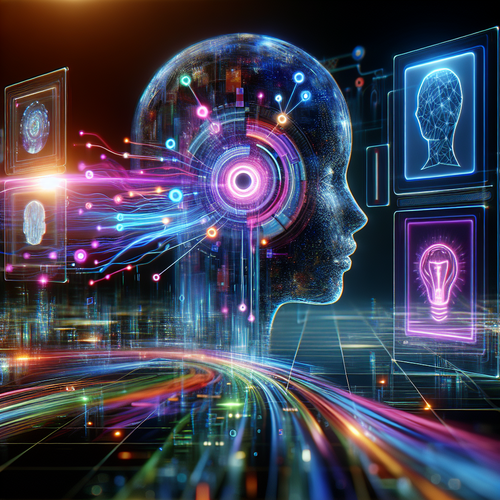
Unveiling AI Chip for Wearables with On-Device Learning
Unveiling AI Chip for Wearables with On-Device Learning
In recent years, the demand for smarter and more efficient wearables has increased exponentially. As technology advances, so do the capabilities of these devices, primarily driven by innovations in artificial intelligence (AI). A significant breakthrough is the unveiling of a new AI chip specifically designed for wearables, featuring revolutionary on-device learning capabilities. In this tutorial, we’ll explore what this technology entails, its implications for users, and provide a step-by-step guide to understanding its workings and benefits.
Prerequisites
- Basic understanding of wearable technology
- Familiarity with artificial intelligence concepts
- Interest in technological advancements in personal devices
Understanding the AI Chip
The newly developed AI chip is tailored for wearables, providing exceptional efficiency in processing and data handling. Unlike conventional chips that rely heavily on cloud computing, this chip utilizes on-device learning, allowing it to adapt and function independently of external servers.
Some key features of this AI chip include:
- Low Power Consumption: Optimized to run efficiently, ensuring longer device battery life.
- Real-time Processing: Capable of processing data in real-time, enabling immediate feedback and responses to user interactions.
- Adaptive Learning: Learns from user behavior, preferences, and activities, providing a personalized experience.
- Enhanced Security: Sensitive data is processed locally, reducing the risk associated with data transmission.
The Advantages of On-Device Learning
On-device learning revolutionizes how wearables operate, offering numerous advantages:
- Personalization: The device learns from individual user patterns, offering tailored recommendations and responses.
- Privacy: User data remains on the device, enhancing privacy and security.
- Speed: Eliminates latency issues associated with cloud computing, providing faster interactions.
- Offline Access: Capable of functioning without an internet connection, thus ensuring usability in any environment.
Step-by-Step Guide to Understanding the AI Chip’s Capabilities
To comprehend the full potential of the new AI chip, let’s delve deeper into its operation and benefits through a step-by-step exploration:
Step 1: Mechanism of On-Device Learning
The chip integrates machine learning algorithms that allow it to analyze and learn from user data directly on the device. When a user interacts with the wearable, the chip gathers data about their behavior and preferences.
Step 2: Data Processing
Every interaction is processed locally, allowing the chip to respond immediately based on the accumulated data. This means that fitness tracking, health monitoring, and notifications are instant and precise.
Step 3: Continuous Improvement
Over time, the chip refines its learning algorithms by continuously analyzing new data, ensuring that user experiences improve as interactions increase.
Troubleshooting Common Issues
While the AI chip is designed to optimize performance, users might encounter issues. Here are troubleshooting tips:
- Battery Drain: Ensure that you are using the chip with compatible wearables, and check for any updates that might enhance efficiency.
- Poor Performance: Restart the device or reset learning settings if the chip does not seem to adapt to your behavior.
- Connectivity Issues: If the wearable relies on an app for additional features, check your Bluetooth connection.
Summary Checklist
- Understand the features of the AI chip.
- Recognize the advantages of on-device learning.
- Familiarize yourself with the operational steps and troubleshooting tips.
- Stay updated with future innovations in wearable technology.
AI is changing the landscape of wearable technology, enhancing functionality while ensuring user privacy and security. This new AI chip, with its on-device learning capabilities, represents a significant leap towards smarter, more efficient wearable devices that truly understand and adapt to users’ needs. For those interested in exploring AI technology further, consider checking out our post on Unlocking the Potential of AI in Manufacturing.














